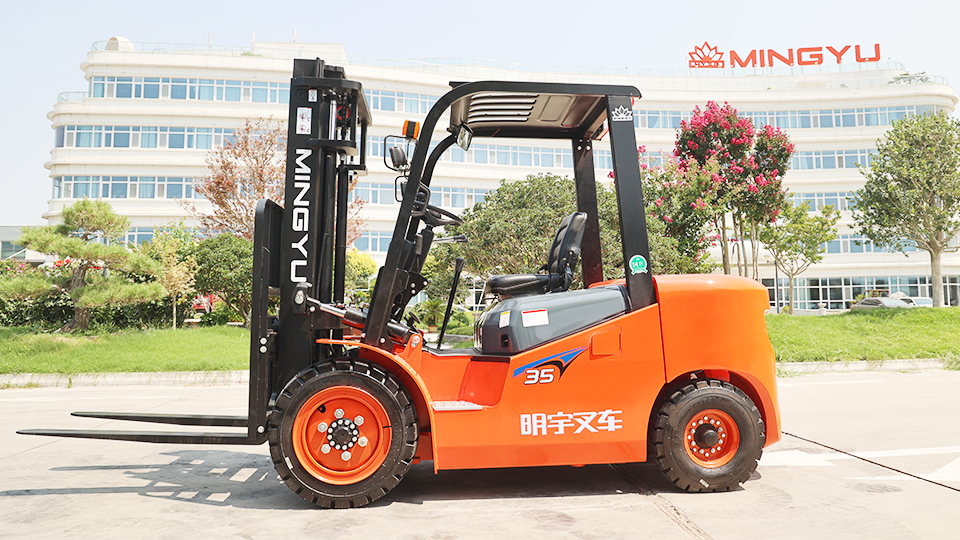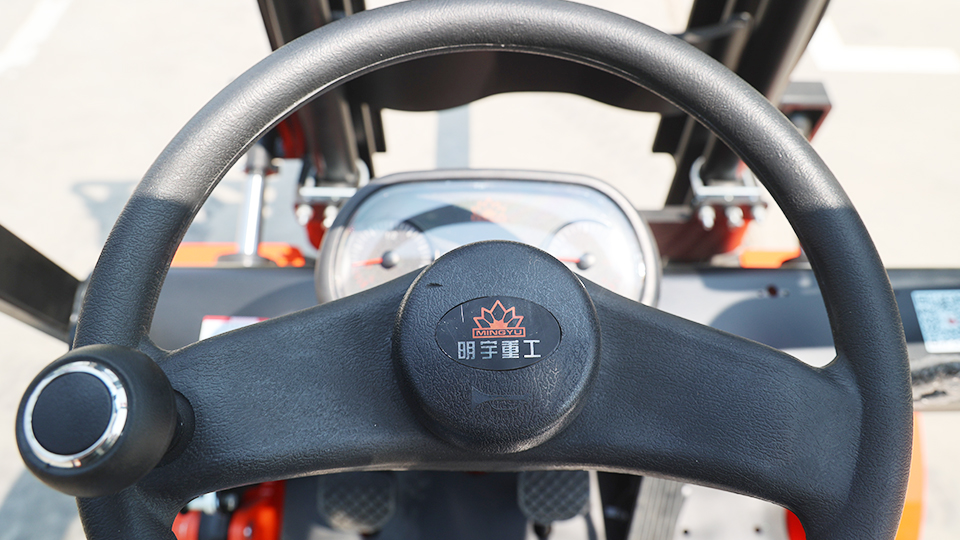
1. The Technical Anatomy of a Forklift Power System
To understand why a "regular" charger is unsuitable, one must first grasp the technical specifications of a forklift's battery and its charging requirements.
Battery Voltage and Capacity: Unlike a typical 12V automotive battery (with a capacity of around 50-100 Amp-hours), an electric forklift battery operates at significantly higher voltages (commonly 24V, 36V, 48V, or even 80V) and possesses an enormous capacity, often exceeding 500 Amp-hours. This means it stores a massive amount of energy—enough to power a vehicle weighing several tons for an entire shift.
Battery Chemistry: Lead-Acid vs. Lithium-Ion: The two primary battery types have distinct charging needs:
Lead-Acid Batteries: These are composed of multiple cells connected in series. Their charging process is a multi-stage affair:
Constant Current (Bulk) Phase: The charger delivers a high, steady current to bring the battery to about 80% state of charge.
Constant Voltage (Absorption) Phase: The voltage is held constant while the current tapers off, completing the charge. This stage is crucial for ensuring all cells are fully charged.
Float Phase: A low, maintenance voltage is applied to keep the battery at 100% charge and counteract self-discharge. This complex charging profile is essential to prevent overcharging, plate sulfation, and cell damage.
Lithium-Ion Batteries: These are far more technologically advanced and require a precise charging protocol known as Constant Current, Constant Voltage (CCCV). Furthermore, they are managed by a Battery Management System (BMS). The BMS is an onboard computer that monitors cell voltage, temperature, and current flow. It communicates directly with a dedicated charger to ensure a safe and balanced charge, preventing thermal runaway and cell damage.
2. The Technical Failure of "Regular" Chargers
A "regular charger" for an automobile or consumer device is fundamentally unequipped to handle the demands of a forklift battery.
Voltage Mismatch: The most obvious failure point is the vast difference in voltage. A 12V automotive charger simply cannot deliver the necessary voltage to charge a 24V, 36V, or 48V forklift battery. The electrical potential is insufficient to drive current into the cells. This is not a matter of it being slow; it is a matter of it being physically impossible.
Amperage Mismatch (Rate of Charge): Even if the voltage somehow matched, the amperage would be woefully inadequate. A forklift charger is a high-amperage device, often rated for 100A or more, designed to recharge a massive battery within a reasonable timeframe (typically 8-12 hours). An automotive charger, by contrast, might deliver 10-20A at best. Attempting to charge a 500 Ah forklift battery with a 10A charger would take over two full days, leading to operational downtime and potential battery damage from being left in a discharged state for too long.
Lack of Intelligent Charging Logic: "Regular" chargers lack the sophisticated control circuits required for a forklift battery's charging curve. They cannot perform the multi-stage charge for a lead-acid battery or the precise CCCV protocol for a lithium-ion battery. This would inevitably lead to severe overcharging or undercharging, both of which are detrimental. Overcharging a lead-acid battery causes excessive gassing, leading to water loss and plate corrosion. Overcharging a lithium-ion battery can trigger thermal runaway, a violent and often unstoppable reaction that results in fire.
Absence of BMS Communication: For modern lithium-ion forklifts, the charger must be in constant digital communication with the battery's BMS. The BMS tells the charger the battery's temperature, state of charge, and cell voltage, allowing the charger to adjust its output to optimize safety and performance. A "regular" charger has no such communication protocol and would simply override these critical safety systems.

3. The Catastrophic Consequences of Using an Incorrect Charger
The use of an incompatible charger is not just an inefficiency; it is a serious breach of safety protocol with potentially catastrophic results.
Risk of Fire and Explosion: This is the most severe hazard. Overcharging a lead-acid battery produces hydrogen and oxygen gas. If these gases are not properly ventilated, they can accumulate and be ignited by a spark, leading to a violent explosion. For lithium-ion batteries, a lack of BMS control can lead to overvoltage and thermal runaway, resulting in a fire that is extremely difficult to extinguish.
Electrical Shock and Equipment Damage: A faulty or incompatible charger can cause a short circuit or an uncontrolled current flow, which can lead to severe electrical shocks for the operator and damage the forklift's intricate electrical systems, including the motor controller and onboard computer.
Irreversible Battery Damage: Using the wrong charger will permanently damage the battery itself. For lead-acid, this can cause plate sulfation, reduced capacity, and a drastically shortened lifespan. For lithium-ion, it can cause irreversible cell damage, rendering the battery useless and necessitating an extremely costly replacement.
Invalidation of Manufacturer Warranties: Any use of unapproved charging equipment voids the manufacturer's warranty on both the forklift and the battery. The financial liability for any damage, injury, or fire would fall entirely on the operator or company.
4. The Correct Protocol for Forklift Charging
The only safe and effective way to charge a forklift battery is by using a dedicated, manufacturer-approved charger that is specifically designed to match the battery's voltage, amperage, and chemistry.
Dedicated Charging Stations: Forklifts should be charged in designated areas. For lead-acid batteries, this area must have proper ventilation to safely dissipate hydrogen gas.
Correct Charger Pairing: The charger must be the correct voltage (e.g., a 48V charger for a 48V battery) and have a current output appropriate for the battery's capacity.
Interlock Systems: Many modern forklifts have an interlock system that prevents the machine from being driven while the charger is connected, preventing accidental damage to the charging cable and the vehicle.

Routine Maintenance: The charger itself requires maintenance. Cables, connectors, and internal components should be regularly inspected for damage to ensure safe and reliable operation.
Conclusion
In a world of increasing standardization, the specialized nature of a forklift's power system stands as a clear exception. The immense power, complex chemistry, and critical safety systems of a forklift battery make it fundamentally incompatible with any charger not specifically engineered for the task. The risks associated with using a "regular charger"—including fire, injury, and irreversible equipment damage—are too great to ignore. Adherence to manufacturer specifications and the use of dedicated, appropriate charging infrastructure is not merely a recommendation; it is a foundational requirement for safe and efficient material handling operations.
Name: selena
Mobile:+86-13176910558
Tel:+86-0535-2090977
Whatsapp:8613181602336
Email:vip@mingyuforklift.com
Add:Xiaqiu Town, Laizhou, Yantai City, Shandong Province, China